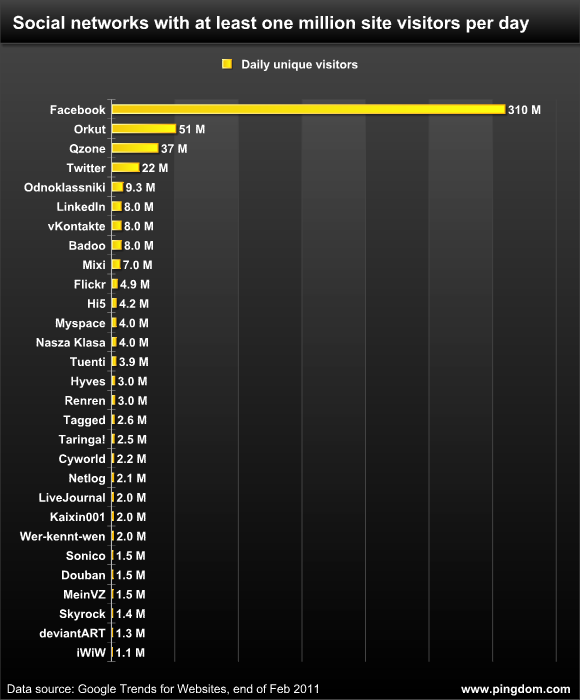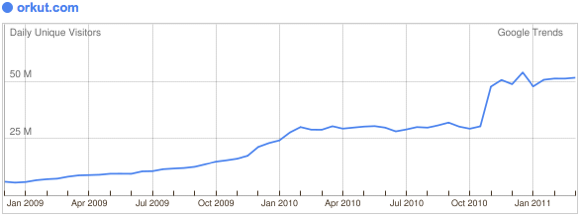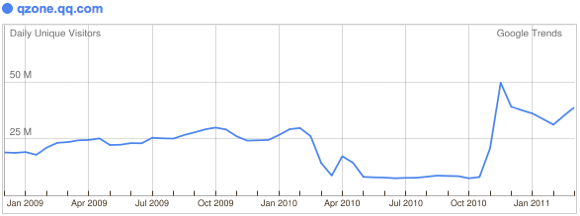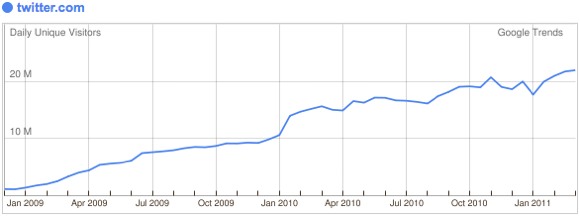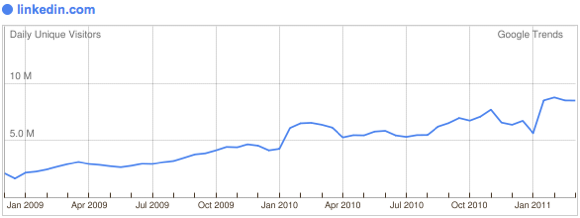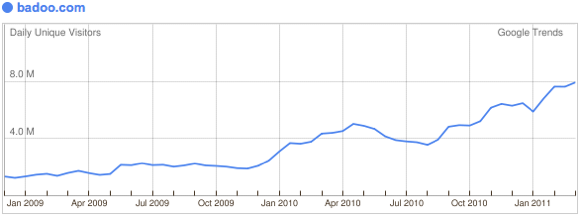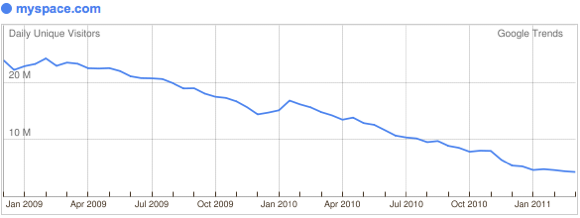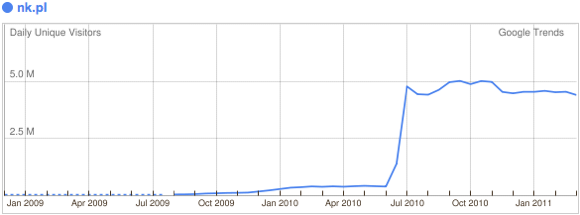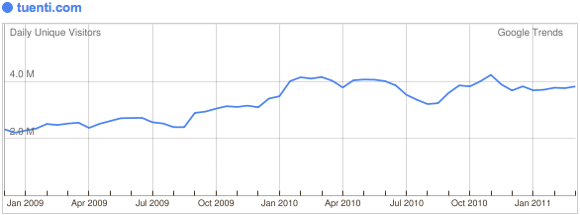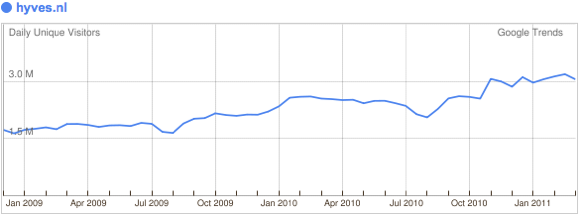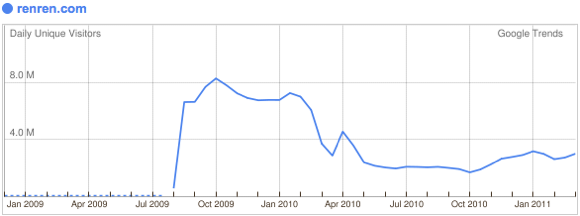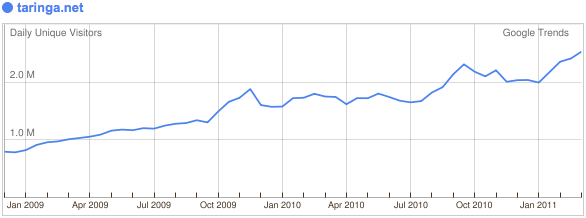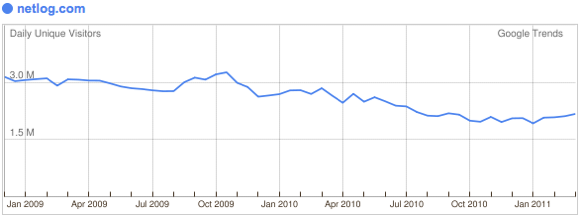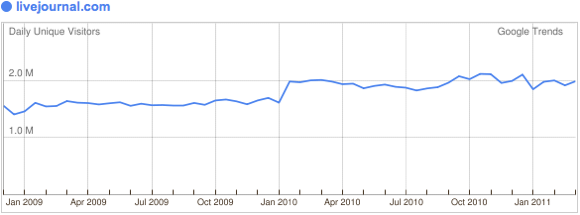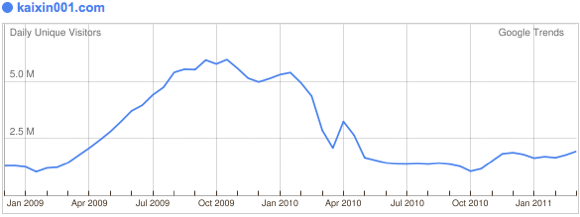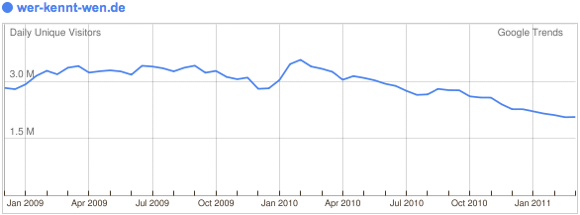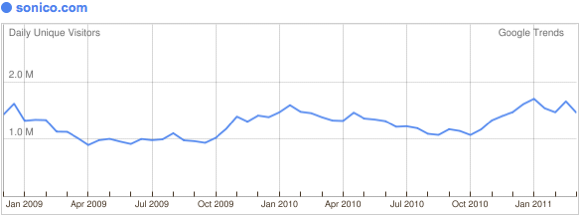1. Using Facebook posts as pitches
Posting messages on the Facebook wall that are sales pitches was one no-no unanimously singled out by all marketers. "The Facebook wall is not a megaphone, and your fans are not likely to be sitting around with bated breath waiting to hear the latest news you have to offer," said Jetstar social media manager Andrew Mathwin.
According to Ben Israel, digital strategist at Edelman Digital, it is a mistake to "treat your wall as a promotional ticker". "People certainly don't want their walls filled with advertising." Brands need to create content that is relevant to what people want and need, so the content strategy should support a sustainable narrative, be interactive and engaging, and also add value to the community, he advised.
Distribion's Rodriguez noted that people are likely to be more interested in an offer, information that helps them with a problem, or anything that provides an enjoyable experience. For instance,American Family Insurance dishes out parenting tips, and Disney answers customer queries and posts photos of activities in its theme parks, he said.
2. Disabling wall posts
Natasha Zhao, lead consultant at social media marketing agency Blugrapes, observed that some brands disable their walls--so users cannot post on it--for fear of negative comments from customers. Such concerns are valid, but "if you want to be on social media, you have to be social" and allow wall posts, she pointed out.
For example, budget airline AirAsia leaves its wall open for fans to post comments, ask questions and provide feedback, and the company also responds promptly to these messages either on Facebook or via Twitter, she said.
Zhao stressed that brands need to be realistic and expect that customer comments will not always be good or positive. Oftentimes, negative comments surface on a brand's Facebook page because customers want to be heard, so they resort to "galvanizing ground movement to pressure a brand to react".
3. Being surprised or absent when customers talk back
In addition, Israel pointed out that there are "brands [which] are great with interactions only when the conversations are positive", but disappear when its service, product or reputation come into question.
Companies, said Rodriguez, should not be surprised when customers use social media platform to ask questions, suggestions and air complaints, and then commit another mistake by not responding or blocking anything remotely negative.
"Businesses are accustomed to a tightly-controlled top-down communications strategy but social media such as Facebook is anything but," he added. In fact, a company can use the chance to turn an unhappy customer into a happy one by handling negative feedback well, he said.
4. Posting too often…or too rarely
Israel highlighted that one of the most overlooked aspects of Facebook page management is the "science of attentionomics", which is optimizing content for captive attention. He advised businesses to use tools to help determine the ideal times to engage their audience with Facebook posts. Not updating your Facebook page enough or at the right times may mean message never reach the target audience; on the other hand, updating too often will only annoy fans and cause them to leave your page, he warned.
According to Rodriguez, posts made in the morning before 8 a.m. and on weekends generate more buzz than posts made in the middle of a work day, especially if the posts contain specific information or offers that fans can benefit from.
5. Treating the page like a profile
Pointing out that "people have profiles, businesses have pages", Rodriguez explained that unlike profile owners, page owners have much more control over how their pages can look, the tabs and features they want to add, and the kinds of analytics or reports they can get. The added functionalities are "perfect" tools to "harness the real power of Facebook" and its community for business objectives such as generating discussions and mailing lists, he noted. Treating the Facebook fan page like a profile is limiting and depriving a company of such opportunities, he said.
6. Lack of human touch
Jetstar's Mathwin noted that a company's "social response" is simply an extension of a company's customer service such as its call center, so Jetstar has a team dedicated to responding to customers' posts on social media quickly in real time, so customers appear to be communicating with a "real person".
Zhao of Blugrapes also emphasized that companies cannot adopt a broadcast approach and push out content one-way. Brands need to "be sociable", not just in responding or addressing customer queries and comments, but also thanking them if users give compliments.
7. Lack of multimedia
Mathwin added that brands should not fear multimedia but embrace it on their Facebook pages. "It's easy for brands to fall into the trap of block text after block text…but multimedia content, such as photos and video, help capture your fans' attention, provides a reason to share and keeps bringing them back for more."
For instance, Jetstar found that updating its Facebook pages with new photos of the latest travel destinations entices peoples to explore those locations.
8. Not investing in the right creatives
Zhao observed that some brands fail to consider the user experience and flow of the Facebook platform and hence do not optimize the content for its page, resulting in illegible creatives. Rather than "force feed" above-the-line creatives targeting mass consumption onto the page, brands must be mindful the layout and information on its page should be well-organized and easy to read for users, she pointed out.
9. Not thinking long-term
Bands that venture into social media with only a campaign strategy, noted Zhao, end up with abandoned campaign pages. A campaign can start out very successfully, and be relevant, engaging and garner a large fan base, but once the operation is over the company stops the engagement and conversations, she said.
Companies should approach social media with a long-term strategy and objectives that are primarily focused on engaging their audience and their needs and interests, while simultaneously building their brand by including the occasional campaign or promotion, she advised.
10. Rushing and expecting magic
Rather than rushing to "post a page in 5 minutes or less", Distribion's Rodriguez said smart marketers plan a strategy of managing and maintaining the Facebook page, from thinking about the page's look, who updates the content, and what should and should not be shared on Facebook.
Similarly, Edelman's Israel said companies should not "expect magic to happen" and need to discard the "if you build it they will come" mentality. Sustaining success on the Facebook page requires a commitment to evolve the strategy with the lifecycle of the community, understanding the members' unique characteristics and creating content and experiences that continually add value, he added.








